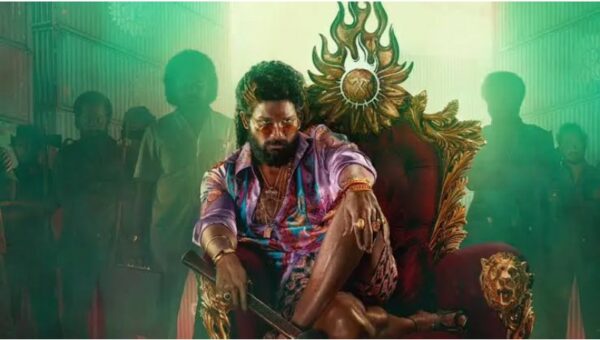You may be curious about distinguishing art therapy sessions from regular art classes.
The art therapy reference book written by Katie Maldivchi states:
“In most art therapy sessions, the priority is the individual’s inner experiences (feelings, cognitions, and perceptions). While art therapy may involve acquiring artistic skills or techniques, the focus is generally on creating and depicting illustrations that come from inside, not what one sees in the outside world.” Although you are often asked to draw or paint according to your imagination in some traditional art classes, the inner world of your visions, feelings, thoughts, and ideas is critical for the art therapy process.
Existential psychotherapy is a philosophical approach in treatment that assumes that individuals’ internal conflict results from being encountered with certain assumptions about existence.

certain existence assumptions:
These assumptions, as expressed by Ervin Yalom, are:
The inevitability of death
Liberty with responsibility
Existential isolation (referring to phenomenology)
Meaningless
These four hypotheses, also called ultimate matters, form the body of “existential therapy,” providing a framework for comprehending the client’s issues and developing a therapeutic strategy. In the British school of existential therapy, these four certainties are regarded as predictable tensions and contradictions of the four dimensions of human existence in the physical, social, personal, and spiritual aspects.
What precisely does existential therapy mean?
Parsa Peykar claims that existential therapy, also known as existential or ontological psychology, is a dynamic approach that focuses on problems rooted in human existence. The emotional psyche of everyone includes the powers, motives, and fears in the subconscious and self-conscious that are in action inside.
Dynamic psychotherapies are treatments based on a dynamic model of psychological function. Deep exploration of the existential therapist’s perspective relieves everyday anxieties and concerns about the circumstances.
Ervin Yalom, founder of existential therapy:
Ervin Yalom is one of the founders of this methodology and has written a book on the same topic. This book was published in 1980 and translated into Persian by Sepideh Habib in 2011. After writing this book, Yalom authored “When Nietzsche Wept” and “Momma and the Meaning of Life” to develop his existential theory. The history of “existentialism” is often associated with French philosophers such as Jean-Paul Sartre and Gabriel Marcel, who have developed this philosophy in the 1940s. Existential therapists have also been influenced by philosophers such as Martin Heidegger, Edmund Husserl, Emmanuel Levinas, and Martin Buber.
The well-known philosophers of existential psychotherapy, based on Parsa Peykar:
The top philosophers in existential psychotherapy are the two genius philosophers of the nineteenth century, Soren Kierkegaard, and Friedrich Nietzsche, who responded to individuals’ mechanical dehumanization in the advanced world. Their outcomes can be seen among famous psychologists over the past years. The Swiss psychiatrist Ludwig Binswanger (1881-1966) was the first physician to integrate psychotherapy with existentialism. This was part of a more comprehensive existential psychotherapy orientation that appeared in Central Europe in response to dissatisfaction with the theoretical frameworks of psychiatry and psychoanalysis. In 1988, the Society for Existential Analysis was launched in the United Kingdom and published in the “Existential Analysis” Journal. Existential psychotherapy was introduced to the United States in 1958, which has opened a new dimension in Psychology by Ernst Angel and Henry Ellen Berger.
Eric Framm, the co-founder of William Alanson White Institute, has authored many books on existential issues. In his book “Escape from Freedom,” he focused on the human tendency to use power to defend against the existential fears resulting from free choice. He also addressed subjects of existential loneliness in “The Art of Loving” book. In his book “Man’s Search for Meaning,” Victor Frankl has mentioned the promotion of meaning therapy that emphasizes willpower, freedom, meaning, and responsibility. The first complete book on existential psychotherapy was written in 1980 by Irwin Yalom titled “Existential Psychotherapy.”
Parsa Peykar claims that Yalom tried to fully describe what an existential therapist should do in therapy sessions. In “Overcoming Fear of Death,” Yalom also focuses on experiencing and treating high levels of death anxiety.




